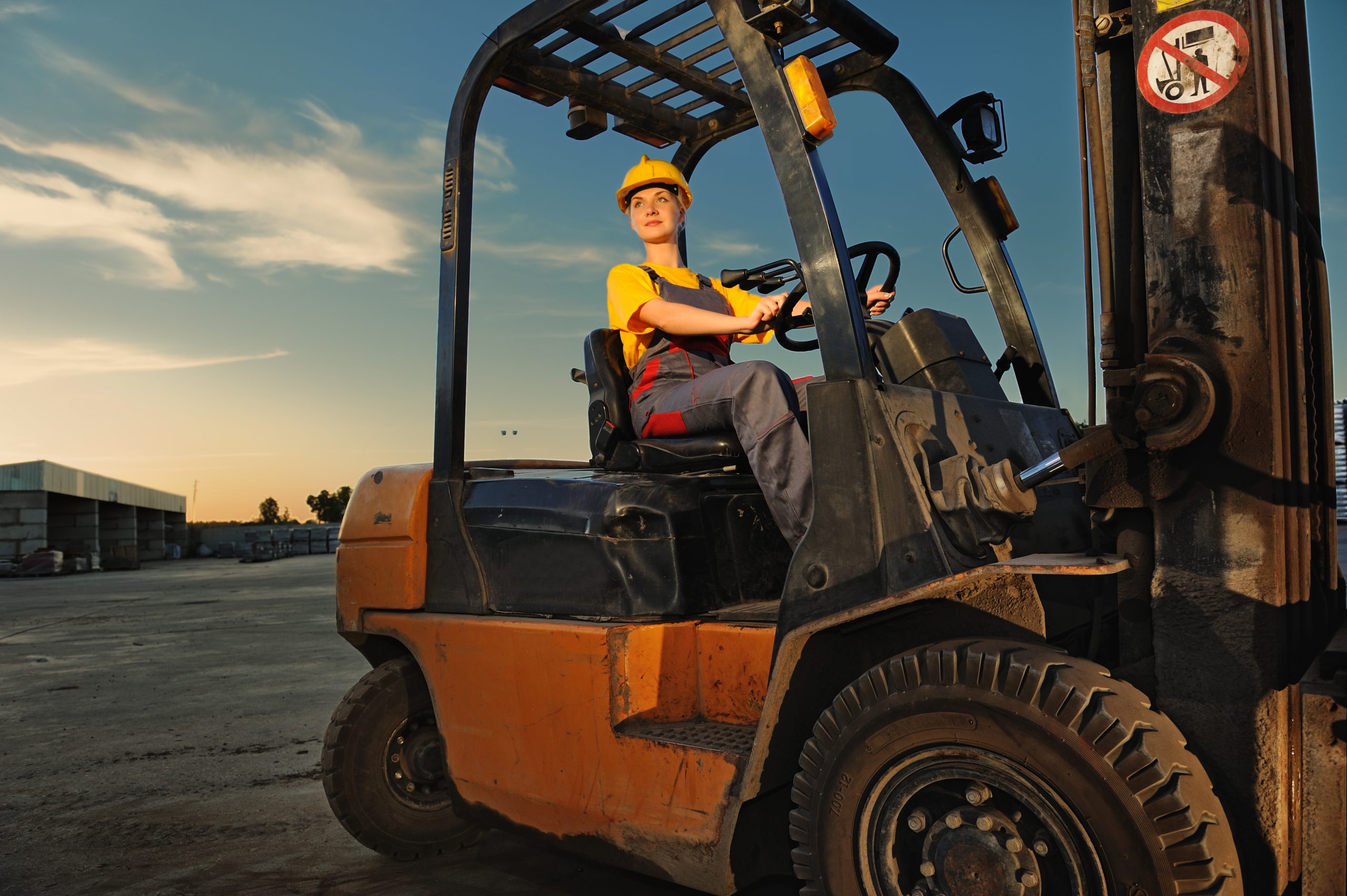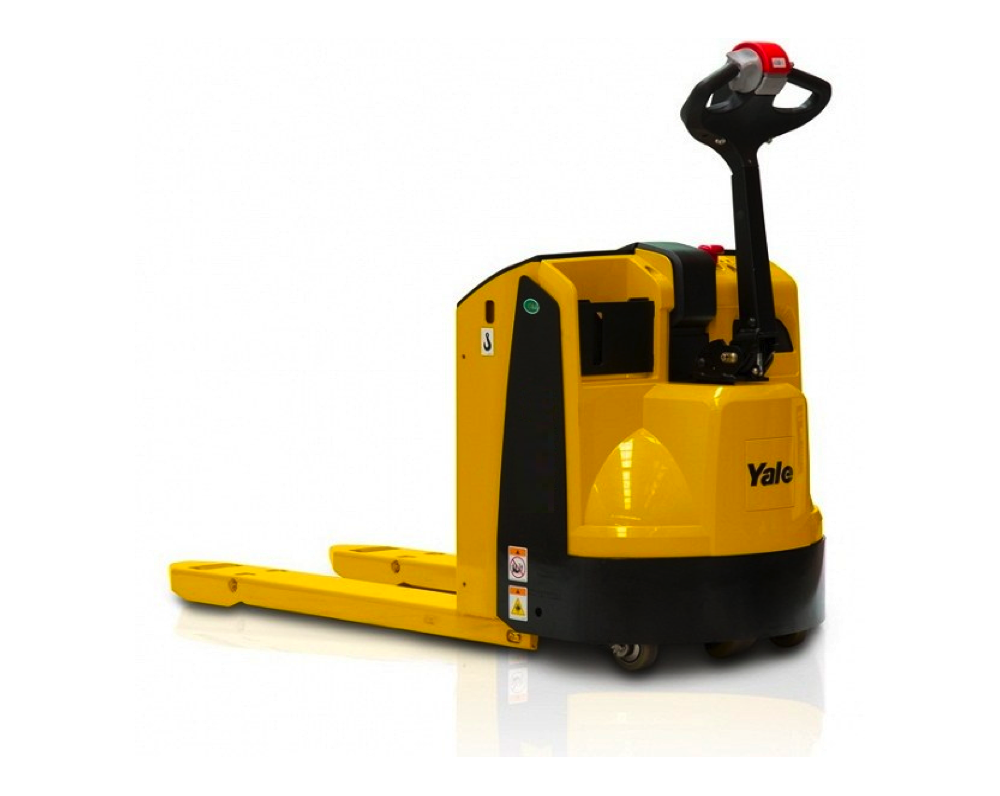
Rough terrain forklifts excel in challenging outdoor environments. Top models include Caterpillar DP70N, JCB 940, and Komatsu FD80. Considerations include new vs. used, leasing, renting, maintenance, and load capacity.
Introduction
In the rugged and demanding world of construction sites, lumber yards, and outdoor material handling, rough terrain forklifts are the unsung heroes. These versatile machines are built to tackle uneven and challenging surfaces while lifting heavy loads with ease. In this comprehensive blog post, we will explore the fascinating world of rough terrain forklifts. We’ll review the top 10 selling models, dive into their specifications, and discuss crucial considerations when choosing between purchasing new or used forklifts, leasing, or renting.
Top 10 Selling Rough Terrain Forklift Models
- Caterpillar DP70N
- Capacity: 15,500 lbs
- Lift Height: 217 inches
- Engine: Diesel
- Notable Features: Powerful performance, durable construction, and superior load handling.
- JCB 940
- Capacity: 8,000 lbs
- Lift Height: 217 inches
- Engine: Diesel
- Notable Features: Versatile and compact design, exceptional visibility, and robust off-road capabilities.
- Komatsu FD80
- Capacity: 17,500 lbs
- Lift Height: 236 inches
- Engine: Diesel
- Notable Features: High lifting capacity, ergonomic operator cabin, and excellent stability.
- Manitou M40
- Capacity: 8,000 lbs
- Lift Height: 236 inches
- Engine: Diesel
- Notable Features: All-terrain versatility, easy maintenance, and superior operator comfort.
- Terex THC 232
- Capacity: 7,000 lbs
- Lift Height: 216 inches
- Engine: Diesel
- Notable Features: Compact design, precision handling, and enhanced safety features.
- Haulotte HTL 3510
- Capacity: 7,700 lbs
- Lift Height: 217 inches
- Engine: Diesel
- Notable Features: Smooth operation, ergonomic controls, and excellent stability.
- SkyTrak 10054
- Capacity: 10,000 lbs
- Lift Height: 54 feet
- Engine: Diesel
- Notable Features: Exceptional reach, high lift capacity, and rugged design for construction applications.
- Hyundai 250D-9
- Capacity: 55,000 lbs
- Lift Height: 236 inches
- Engine: Diesel
- Notable Features: Heavy-duty performance, operator comfort, and robust construction.
- Manitou MT 625
- Capacity: 5,500 lbs
- Lift Height: 236 inches
- Engine: Diesel
- Notable Features: Compact and agile, versatile for a range of applications, and excellent visibility.
- Case 586H
- Capacity: 6,000 lbs
- Lift Height: 216 inches
- Engine: Diesel
- Notable Features: Efficient and responsive operation, comfortable operator cabin, and exceptional durability.
Considerations for Companies
When choosing a rough terrain forklift, several critical considerations come into play:
- New vs. Used:
- New: Purchasing a new rough terrain forklift offers the latest technology, warranty coverage, and reliability. It’s ideal for long-term commitments and businesses with specific, ongoing needs.
- Used: Used forklifts can significantly reduce upfront costs. They are suitable for businesses on a budget or those with fluctuating material handling demands. Ensure thorough inspections and maintenance history when buying used.
- Leasing:
- Leasing provides financial flexibility by spreading costs over time. It’s suitable for companies that prefer to preserve capital, want to regularly upgrade to newer models, or have seasonal demands.
- Renting:
- Renting is an excellent option for short-term projects, peak seasons, or unforeseen spikes in material handling requirements. It minimizes upfront costs and provides flexibility in fleet size.
- Maintenance and Service:
- Regardless of your choice, regular maintenance and servicing are essential to ensure forklift longevity and safety. Consider maintenance contracts or in-house servicing capabilities.
- Operator Training:
- Proper operator training is crucial for safety and efficient operation. Ensure that your team is well-trained to handle the specific rough terrain forklift model you choose.
- Load Capacity and Terrain:
- Evaluate the weight and size of the loads you’ll be handling and the types of terrain your forklift will encounter. Choose a forklift with the appropriate load capacity and off-road capabilities.
- Fuel Type:
- Select the appropriate fuel type (typically diesel) based on your operational needs and environmental considerations for outdoor applications.
- Budget:
- Consider your budgetary constraints and explore options for purchasing new or used forklifts, leasing, or renting based on your financial capacity.
Conclusion
Rough terrain forklifts are the workhorses of outdoor material handling, capable of tackling challenging terrains and heavy loads with ease. When choosing a rough terrain forklift, careful consideration of your company’s needs, budget, and operational requirements is essential. Whether you opt for purchasing new or used, leasing, or renting, the right forklift model can enhance productivity, safety, and efficiency while optimizing your material handling processes in rugged outdoor environments.







